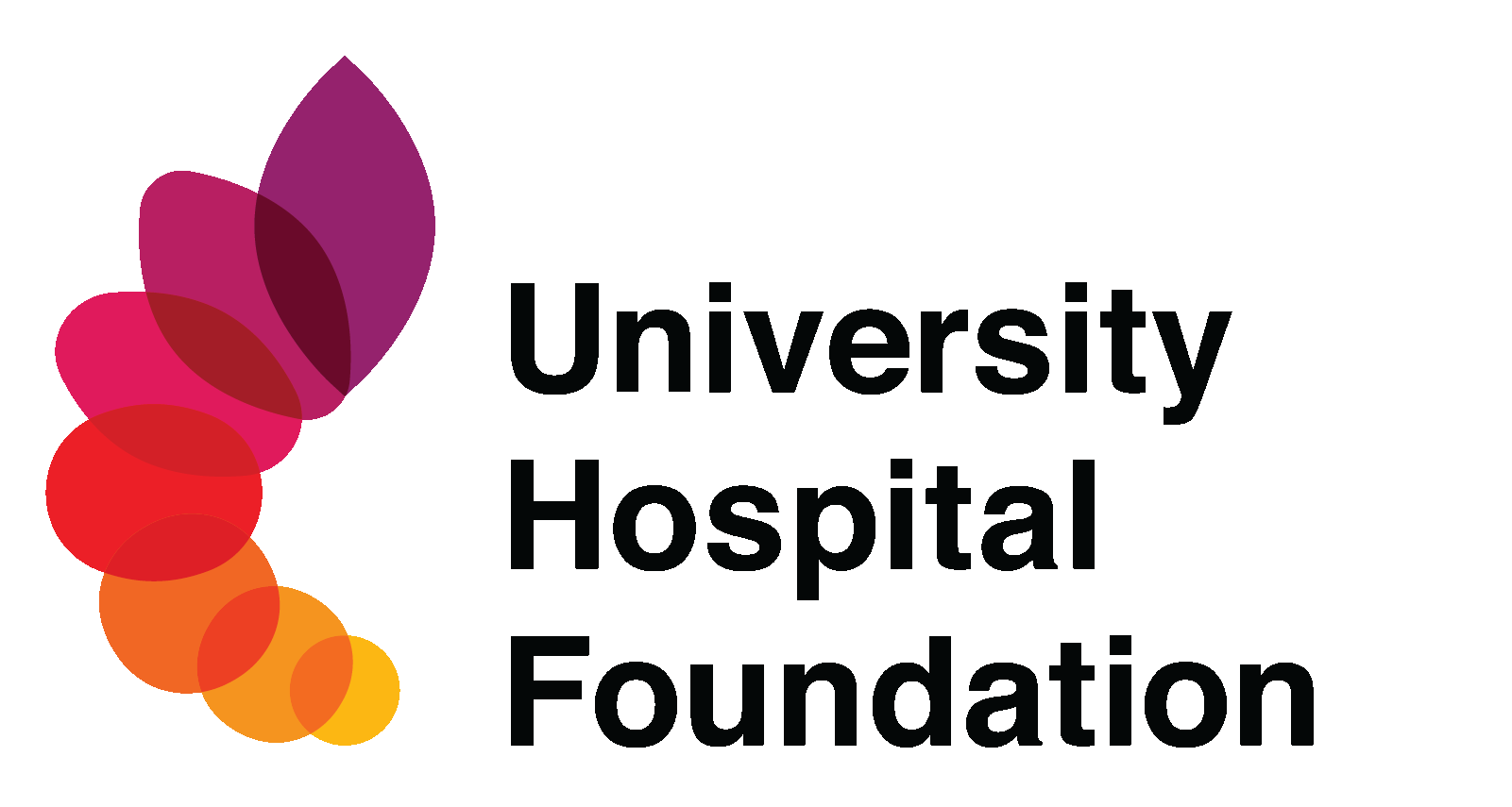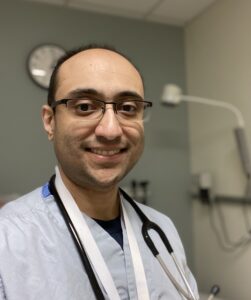Kaye Competition 2023 Winner: Dr. Adil Adatia
Sometimes, the treatment for one condition creates unintended consequences in the body. That’s the case with new, highly effective treatments for blood cancers like leukemia and lymphoma. The treatments are very potent at destroying the cancerous cells, but unfortunately, they kill healthy cells that make antibodies, too.
To help boost their immune system after the cancer treatment, patients need infusions of immunoglobulin (also known as antibodies) from blood donors. There are two ways to deliver these antibodies. One is through an IV (called IV immunoglobulin or IVIG) in clinic. The other is an injection (referred to as subcutaneous immunoglobulin or SCIG) generally administered at home or in the clinic for those patients unable to do so on their own. Each method has its positives and drawbacks, and the best treatment can vary by patient.
Allergist Dr. Adatia wants to understand which treatment modality is best for which patient and how to optimize the delivery of these treatments to help as many patients as possible. He plans to do just that, thanks to research funding from the Kaye Competition.
“Our research will help us understand how best to utilize our limited medical daycare resources for these patients. We want to improve efficiency and have more patients treated quickly so they’re protected from serious infections,” Dr. Adatia says.
To determine the resource requirements for the clinic, the key variable to explore is how long patients spend in the clinic and how long the treatments take. This will be studied for the IVIG and SCIG methods over six months.
In addition to the raw quantitative data that will be collected, Dr. Adatia wants to hear from patients. “As part of the data collection we’ll also be able to collect some questionnaire data on quality of life and patient preference so we can better guide patients in choosing one modality over the other,” says Dr. Adatia.
For this research, approximately 30 patients will be assessed for six months. But there’s been an early positive response from patients who have heard about the work, so more may be included than originally planned.
“We hope that once we complete the project, we’ll have a much better understanding of which immunoglobulin therapy modality is best for which patient types and then we can come up with some local guidelines that take into account patient preferences and impact on our resource utilization.
“Right now, there are only two clinics, one at the Kaye Clinic and one at the Walter C. Mackenzie Health Sciences Centre, that provide the SCIG treatment in clinic. We hope to broaden its utilization once we know which patients benefit the most and what the resource needs are. That way, we can treat more patients more quickly,” says Dr. Adatia.
“Health utilization research like this can be difficult to find funding for, yet it’s so critical to help optimize the system to deliver care to our patients. We couldn’t do this without the support of the Kaye Competition.”
Share this article
Facebook
Twitter
LinkedIn

